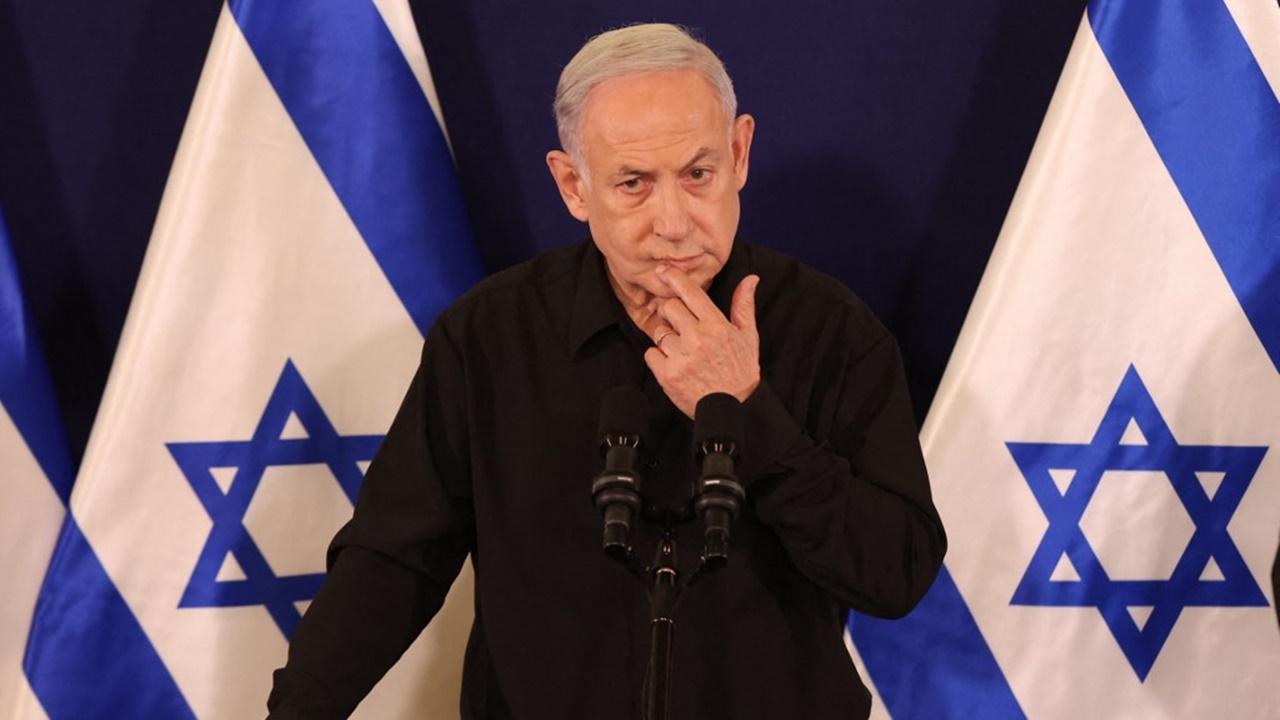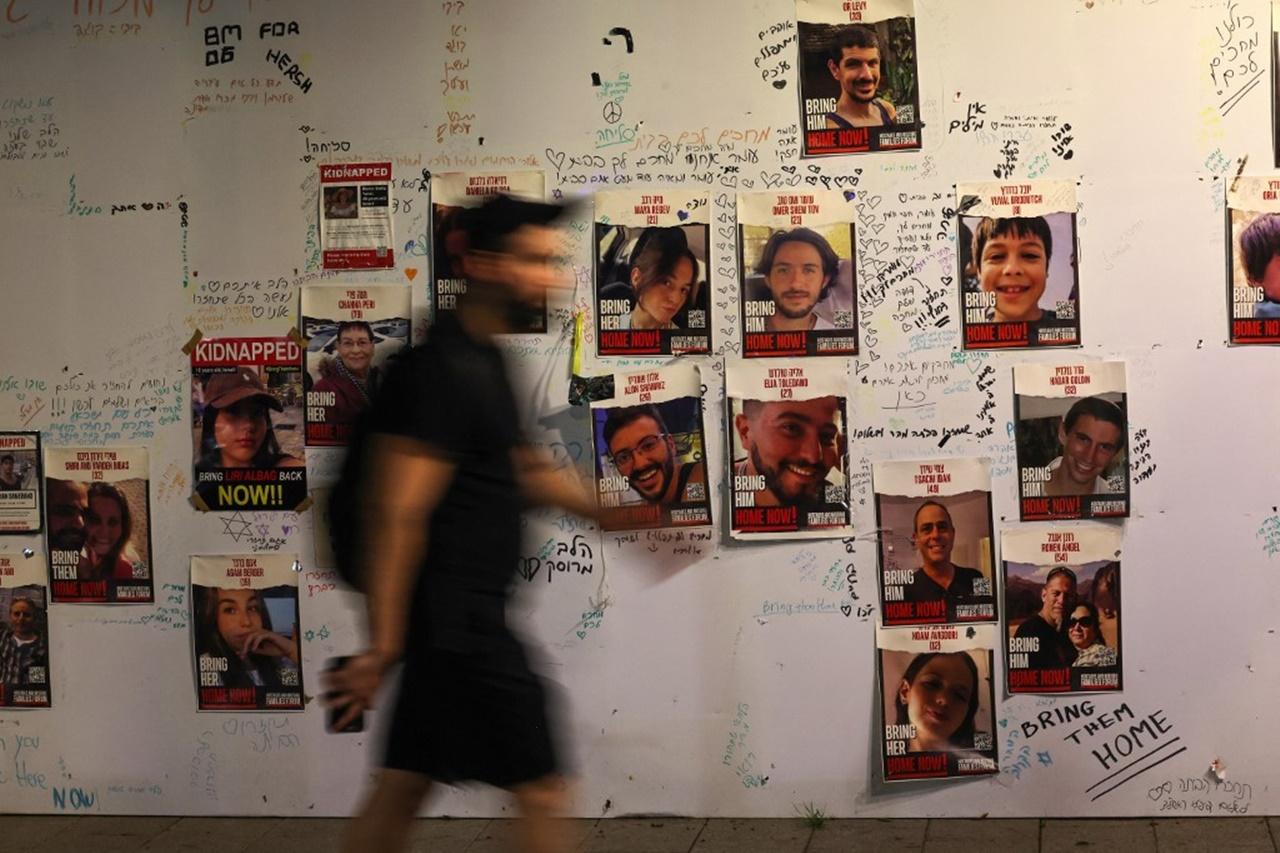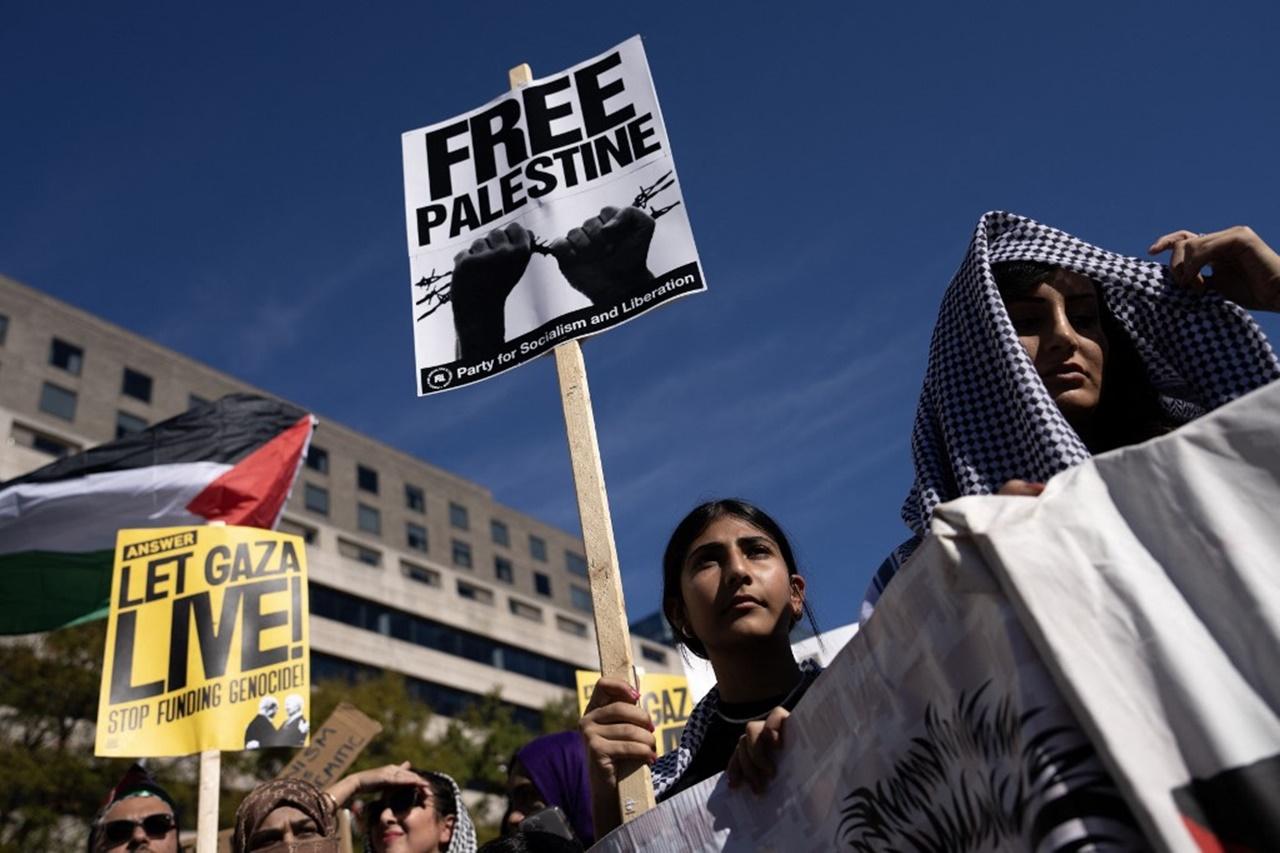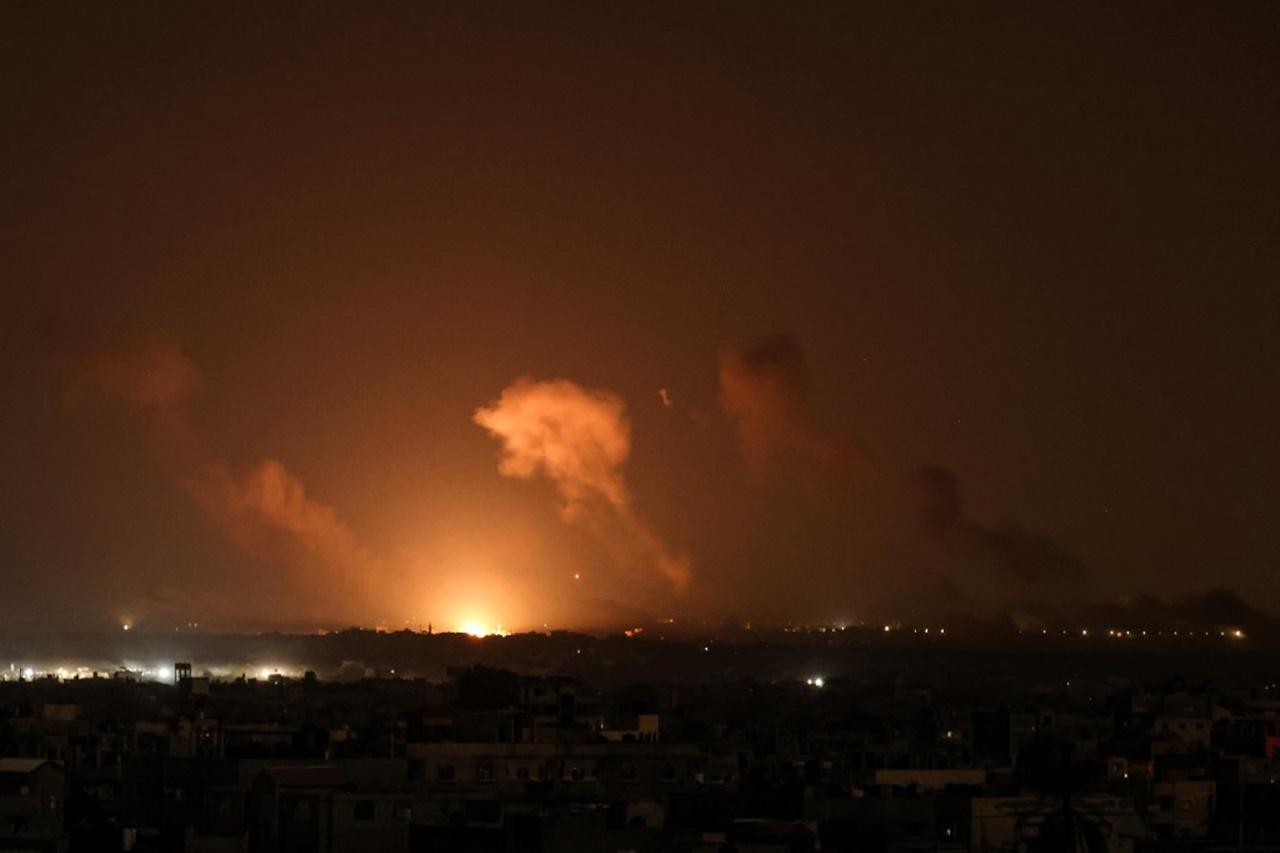Israel and Hamas reach an agreement to release 50 hostages held in Gaza in exchange for the release of 150 Palestinians imprisoned in Israel. This includes a four-day truce and the flow of humanitarian aid into Gaza.
The Israeli government approved the deal on Wednesday morning. After weeks of negotiations, US President Joe Biden said the agreement would end the indescribable illness of some hostages. And alleviate the suffering of innocent Palestinian families.
But the war in Gaza is not over yet. The Israeli government announced that the battle will not end until Hamas is eliminated. It rescued more than 200 hostages kidnapped by Hamas since October 7, but only everyone was reached.
Hamas said the agreement would give the Palestinians time to recover after intense Israeli air and ground attacks. Which killed at least 14,000 people.

Behind the hostage release agreement
The agreement to release the hostages came after weeks of negotiations. Between Israeli officials and Hamas, mediated by the United States, Qatar, and Egypt, talks were canceled and resumed several times. According to the situation in Gaza, which intensified, including when Israel attacked Al-Shifa Hospital last week.
Over the past few days rumors have arisen that the release deal is about to be finalized. Until Qatar came out to confirm this, and they submitted the draft agreement to the Israeli government for consideration on Tuesday morning (November 21).
Finally, after a tense meeting that lasted six hours, the Israeli Council of Ministers approved the agreement on Wednesday morning, November 22, with a majority of 38 votes in favor and only 3 votes, namely Minister Itamar Ben Goer. And two ministers from far-right parties
The agreement also comes amid tremendous pressure facing the Israeli government. From the families of the hostages and from the international community, this requires a clear answer and requires Prime Minister Benjamin Netanyahu to take serious measures to rescue the hostages.

Who will be released?
According to Mr. Netanyahu’s statement, the fifty women and children hostages are scheduled to be released within the next four days as the army stops fighting in Gaza. Israeli leaders also made an attractive offer to Hamas. For every 10 additional hostages released, their truce will last a day longer.
Officials with Israel’s National Security Council told CNN that no hostages would be released before Friday. This is consistent with the agreement
The names of the hostages to be released were not initially revealed, but Israeli army spokesman Lieutenant Colonel Jonathan Conricus said they would all be Israeli. Some hold dual citizenship, while a senior US official said three Americans would be included, including 3-year-old Abigail Idan, whose parents were killed in the Hamas attack.
The Forum for Hostages and Missing Families, a relief organization that emerged after the October 7 Hamas attack, has compiled a list of 201 Israeli hostages believed to be alive and being held by Hamas. They included 39 children under the age of 18, 44 adult women, 89 men between the ages of 18 and 64, and 29 over the age of 64.
The youngest detainee is Kfir Bibas, who is 10 months old, while the three oldest detainees are Yaffa Adar, Shlomo Mansour, Ari Salma, and Novic, who is 85 years old.
Last Tuesday, a senior Israeli official said that Hamas might release 26 Thai hostages without conditions. Along with this group of hostages. But there has been no official confirmation.

A truce for 4 days
The Hamas movement issued a statement today, Wednesday, saying: Under this agreement, the Israeli army will stop all drones and aerial activities in southern Gaza during the next four days, but in the north, where the fighting is fierce, Israel will stop operations only between 10:00 a.m. and 4 p.m.: 00 pm.
Israeli soldiers and tanks are expected to remain in their original positions. But the Jewish soldiers did not attack or arrest anyone.
The agreement also allows the entry of 200 relief trucks, four oil trucks, and four gas trucks into Gaza. Passing through the Rafah checkpoint and also on the border with Egypt. To help Gazans who lack food and basic supplies. With hospitals so lacking in electricity that they are unable to perform their duties, the road is expected to be opened only during the four days of the ceasefire.
Israel has cut off electricity and water supplies to Gaza since the start of the war. Only 1,399 vehicles loaded with supplies were allowed to pass through the Rafah crossing during the past month. Even before the war, the average shipment was 10,000 people, and Israel blocked all oil shipments until last week, out of fear it would be stolen by Hamas and used for military purposes.
In addition to opening the way to send supplies, the Israeli leader said Red Cross officials would be allowed to visit hostages being held in Gaza. To provide medical assistance after the release of some hostages

Prisoner exchange in Palestine
Hamas also said so and Israel agreed to release 150 Palestinian suspects, all women and children, in exchange for the release of hostages. Although the Israeli government’s initial statement did not indicate this, the Ministry of Justice later issued a list of 300 Palestinians eligible for freedom. If Hamas releases the hostages as promised
The list includes 123 boys between the ages of 14 and 17 years, one girl aged 15 years, 144 men between the ages of 18 and 32 women between the ages of 18 and 59 years, most of whom are detained awaiting trial, and the charges range from throwing stones to harming others. Up to the charge of attempted murder
Israel decided to publish the list. This is for legal reasons. Because no prisoner will be released and the Israelis must have 24 hours to appeal to the Supreme Court for their release. The Almagor Association for Victims of Palestinian Terrorism has filed an objection. But it was rejected by the Supreme Court.
Almagor is concerned that releasing the prisoners will lead to a resurgence in terrorist activity. And exposing the children of Israel to danger. But Prime Minister Netanyahu insists that the killers will not be released in exchange for the release of the hostages.

But the war is not over yet.
Release the hostages, stop hostilities, and transfer aid to Gaza again. These are all welcome developments in this war. Especially with regard to assistance, this would help alleviate the suffering of innocent Palestinians. affected by violence
But this cannot be denied, and a ceasefire would relieve the pressure facing both parties. The Israeli government had to deal with popular discontent demanding that it do more to help the hostages. While Hamas has been internationally condemned for holding children and women hostage.
Both sides have not hidden it yet. When the truce ends, Netanyahu said Wednesday they will take up arms and fight each other again. Joint diplomatic and military efforts This would make it possible to release additional hostages in the next phase of the war.
During the rest periods, the IDF will also prepare to continue the war with Hamas. “The war is still going on. It will continue until we reach all our goals.”
Hamas said in its statement that this agreement aims to serve the public. Strengthening resolve in the face of aggression. With the warning that “our fingers are still on the trigger. Our brave warriors remain vigilant. To protect the people and defeat the invaders.”
Author: Thechun Saungsri

“Subtly charming student. Pop culture junkie. Creator. Amateur music specialist. Beer fanatic.”
